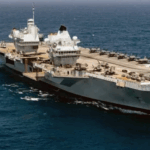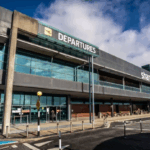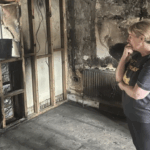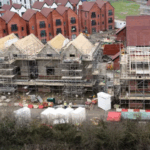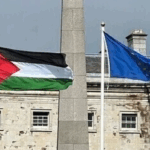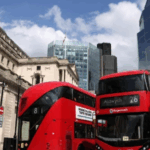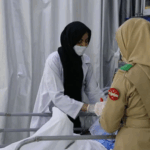On December 26, 2004, the world was shaken by one of the most devastating natural disasters in modern history. A massive undersea earthquake measuring 9.1 on the Richter scale struck off the coast of Sumatra, Indonesia, triggering a tsunami that claimed the lives of an estimated 230,000 people across 14 countries. Among the worst-hit areas was Banda Aceh, the capital of Aceh province, where waves up to 30 meters high devastated the city and wiped out more than 60% of its buildings.
Two decades later, Banda Aceh has transformed. “The transformation has been extraordinary,” says Sam Clark, from the UK-based Experience Travel Group, which recently began offering trips to the city. “It’s a testament to the fortitude of the Acehnese people to see how Banda Aceh has risen from the waters.” Visitors can now explore not only the resilient city but also nearby attractions such as the Gayo Highlands, Weh Island’s dive sites, and the rainforests of Gunung Leuser National Park—home to critically endangered orangutans.
Aceh, once an independent sultanate, has a rich history dating back to the 13th century when it became the first Muslim stronghold in the Indonesian archipelago. The city’s Baiturrahman Grand Mosque, which survived the tsunami intact, stands as a symbol of faith and resilience. The mosque, considered a sign of divine intervention by many, served as both a shelter for survivors and a temporary morgue in the immediate aftermath of the disaster.
The Siron Tsunami Memorial Park, a mass grave where over 46,000 unidentified victims are buried, is another poignant reminder of the tragedy. A commemorative sculpture features an inscription in Arabic that reads, “Be, and it is,” referring to the power of God’s will. “Everything is decided by Allah,” explains local guide Mahlizar. “Whether someone was lost, drowned, or never identified, we must accept and respect his decision.”
One of the most iconic symbols of the tsunami is a fishing boat that ended up on top of a house in Lampulo village, about 1km from its original dock. Bundiah, one of the survivors who climbed aboard the boat to escape the rising waters, visits the site regularly to share her story. “Telling our stories honors the past and helps us move forward,” she says.
The tsunami prompted a massive international humanitarian response. Over 140,000 new homes were built, along with schools, hospitals, and infrastructure. Despite the rapid physical recovery, the emotional scars of the disaster took much longer to heal. Many locals attribute their strength to Acehnese culture and community bonds. “Our traditions help make us unshakeable,” says Rosna, a member of the Tenun Songket Aceh Nyakmu weaving co-operative.
Today, Banda Aceh stands as a testament to resilience, faith, and the power of community, offering visitors a chance to experience a city that has not only survived but thrived in the face of unimaginable tragedy.









